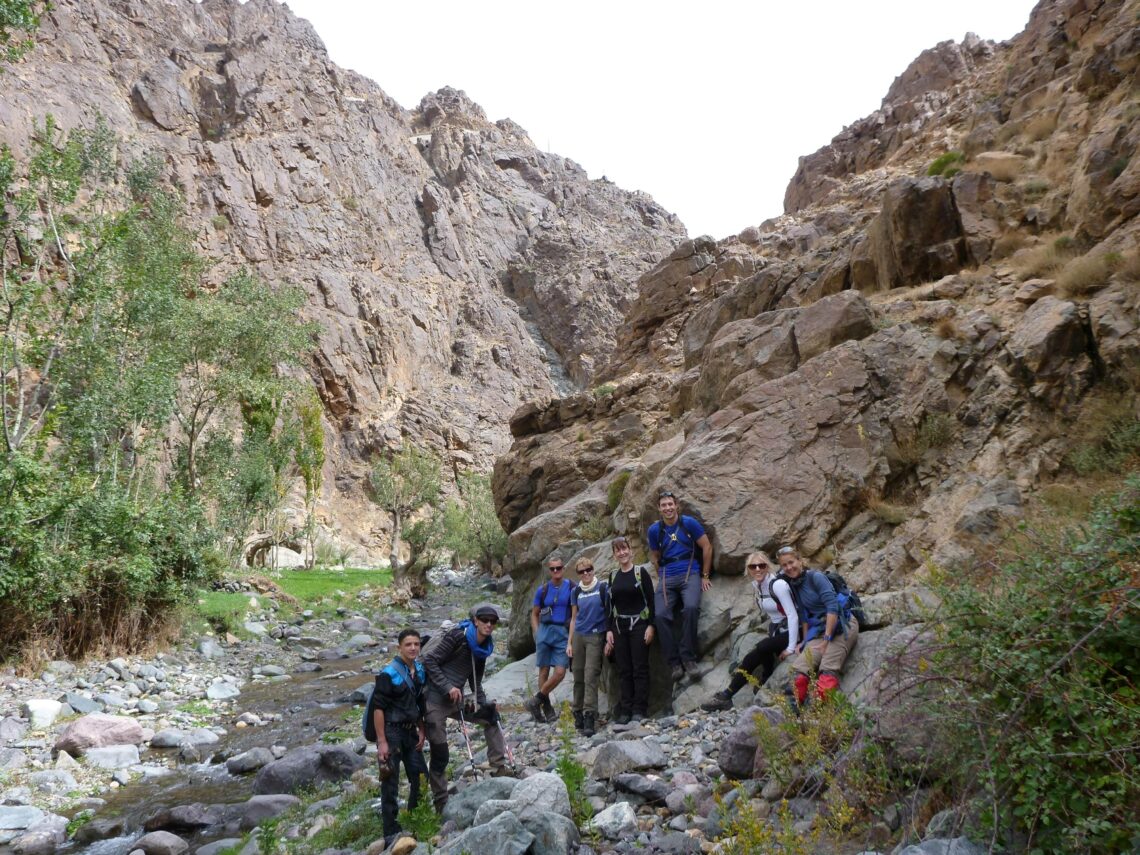
Rock Scrambling: Practical Tips and Best Techniques for Success
Rock scrambling, a popular outdoor pursuit, involves navigating rocky terrain with a mix of climbing and hiking techniques. It’s crucial to conduct thorough risk assessments before engaging in rock scrambling to ensure participant safety. Ignoring safety protocols in this activity could lead to accidents or injuries.
Basic Guide to Scrambling
- Are you confident the route is appropriate to your skill set?
- Look where you tread, when rocks are concerned – big is better
- As you scramble your way over rocks, don’t kick or pull any rocks loose
- Best route to choose is where the rocks are mixed with soil and vegetation
- Test handholds and footing placement before committing
- Keep your weight on toes and ball of foot and lean inwards…
- Wet rocks can be slippery – even for a quality ‘vibram’ sole
- Sturdy trekking poles are a great third leg on lower slopes
- Approach shoes or premium hiking boots/shoes with sticky rubber soles (Vibram, Trax, Stealth, La Sportiva)
- Take it slow and steady; enjoy the views
How to Navigate Scree
Loose Scree / friable rock is hair-raising, it makes the scramble tougher mentally
Carefully maneuver your boots into the scree, especially effective when it’s just a few inches deep. Engage the front of your boot, securing a stable foothold, and meticulously shift your weight before replicating the process with the other foot.
Keep your center of gravity low by slightly bending your knees and leaning forward. This helps you stay stable on shifting surfaces. Moving slowly with shorter, deliberate steps reduces the risk of slipping or losing your balance. It also gives you more control over your footing.
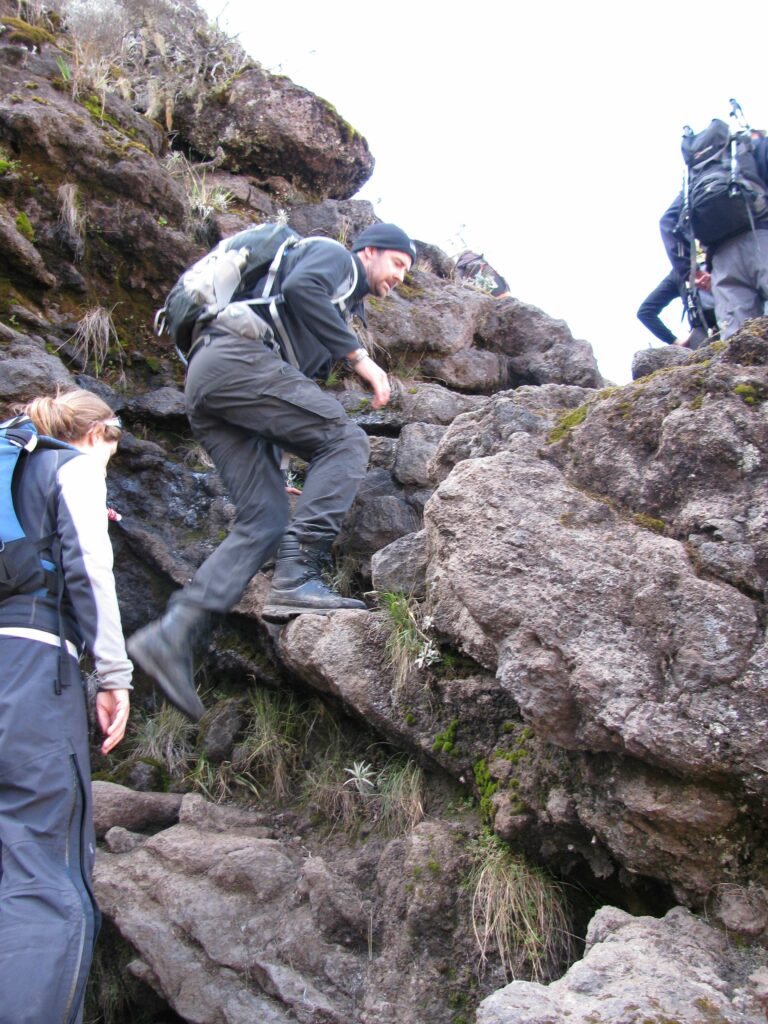
Be on the lookout for substantial rocks that seem to have found a secure angle of repose—a delicate equilibrium where friction, angle, and gravity converge, preventing the object from succumbing to gravity’s pull downhill. Should these rocks exhibit ample stability, they could serve as reliable platforms to support a hiker’s weight. Always verify the firmness of your footing before fully committing any weight, ensuring a safe and confident progression.
The ascent, particularly navigating the treacherous scree under the veil of night, metamorphoses into a trial of one’s spirit.
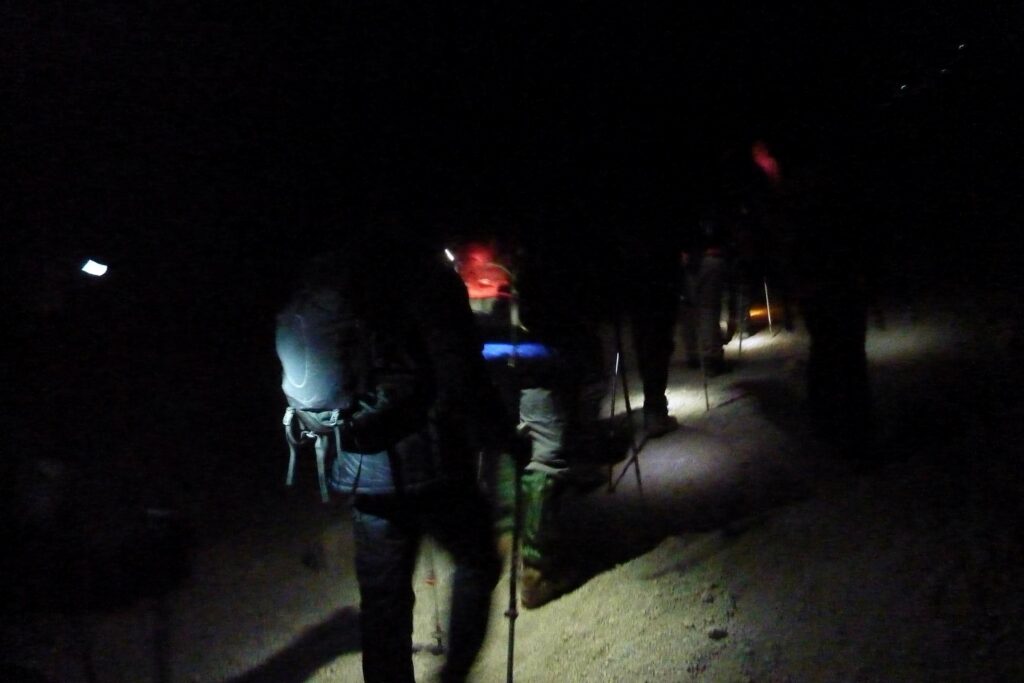
For me, it becomes a personal challenge, testing not only my determination but also my somewhat ‘dodgy’ balance!
Uruhu Peak (5,895 meters) on Mt. Kilimanjaro
https://www.livealifetodiefor.co.uk/mt-kilimanjaro-2010-and-again-in-2012/
Scrambling up for the summit in the middle of the night remains is etched in my memory as a truly awe-inspiring journey—one that demands unwavering resilience and unyielding determination.
Despite not typically necessitating crampons, the path to the summit presents a diverse terrain of volcanic rock, sand, and Scree. In daylight, these elements loosen, demanding significant energy to ascend. However, navigating this surface at night, often frozen, proves more manageable, requiring less exertion.
Timing the ascent strategically adds to the experience; reaching the summit just as the first rays of sunlight grace the sky unveils a breathtaking panorama, painting the surrounding landscape in a mesmerizing glow.
On Steeper Terrain
Dump the trekking poles
Make certain your daybag / rucksack is secure; no loose straps or hanging bottles.
Importantly – Apply the Three Contact Rule
“Two Hands and One Foot, or Two Feet and One Hand“
Descending
- Descending, don’t hurry; control your momentum, keep your centre of gravity, low and over your legs; don’t lean back or forward.
- There are times when descending it’s better to turn and face the rock for better balance
*More accidents happen whilst descending – better a bruised bum and dented pride than a nose dive.
Essential Gear
- Footwear: Sturdy hiking boots or approach shoes with good grip.
- Clothing: Comfortable, breathable, and weather-appropriate clothing.
- Backpack: Lightweight pack with essentials like water, snacks, and first-aid kit.
- Helmet: Optional but recommended for protection against falling rocks.
- Gloves: For better grip and protection of hands.
- Navigation Tools: Map, compass, or GPS device for route finding.
Safety Tips
- Research and Plan: Study the route, weather conditions, and difficulty level beforehand.
- Start Small: Begin with easier scrambles to build confidence and skills.
- Go with a Partner: It’s safer and more enjoyable to scramble with a companion.
- Stay Alert: Be mindful of loose rocks, slippery surfaces, and changing weather.
- Know Your Limits: Avoid pushing beyond your comfort zone or skill level.
#livealifetodiefor #MoreThanMyPast #itsrogerx
**I want to tell you more about my extraordinary journey.

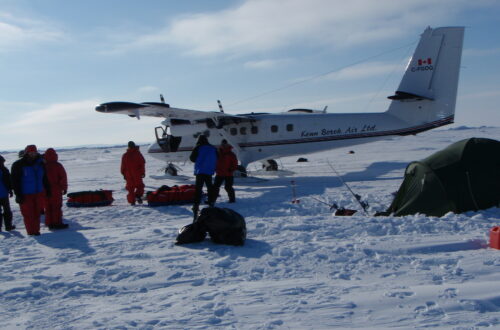
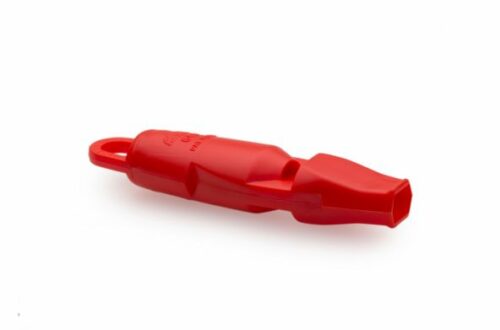

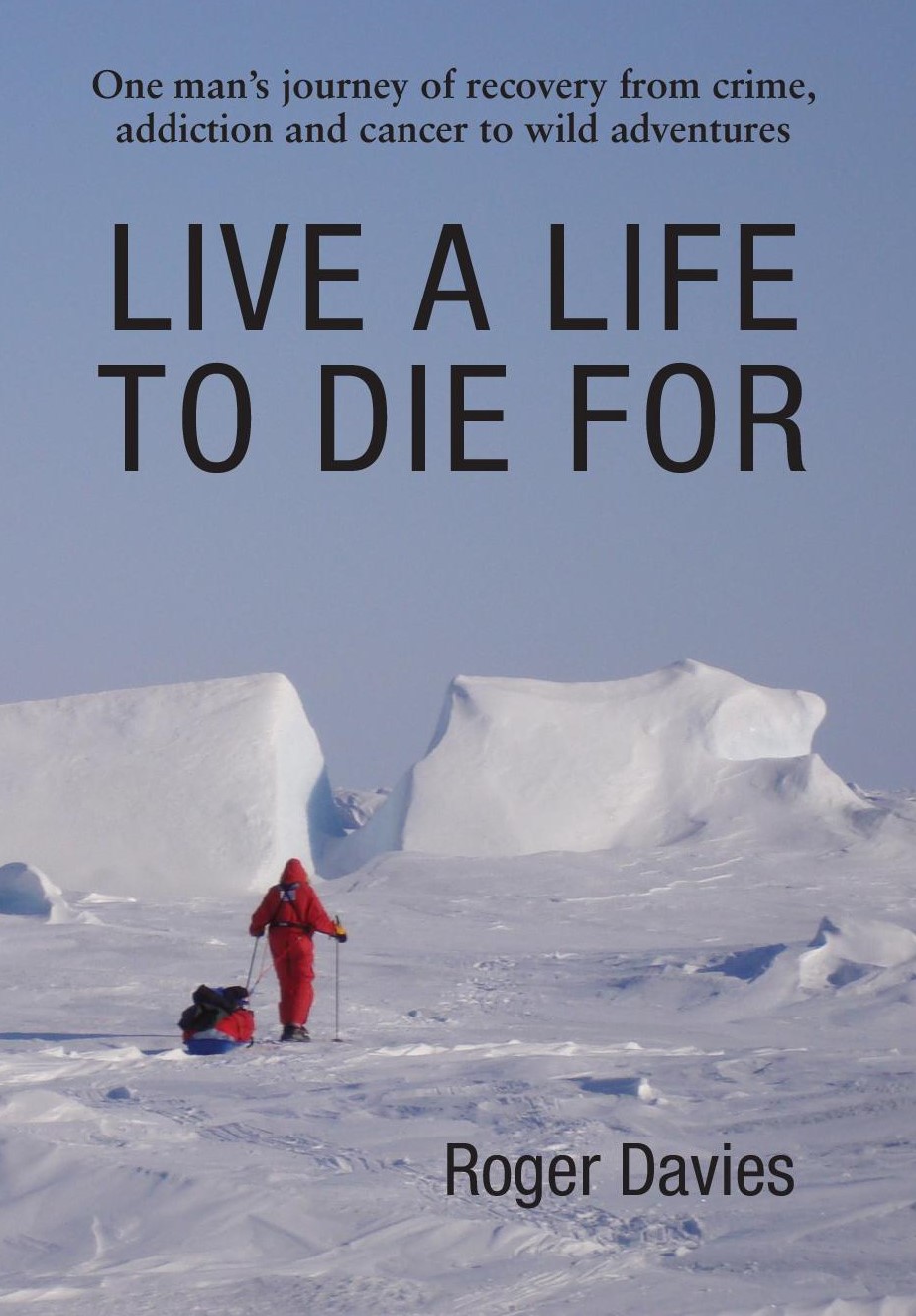
One Comment
Pingback: